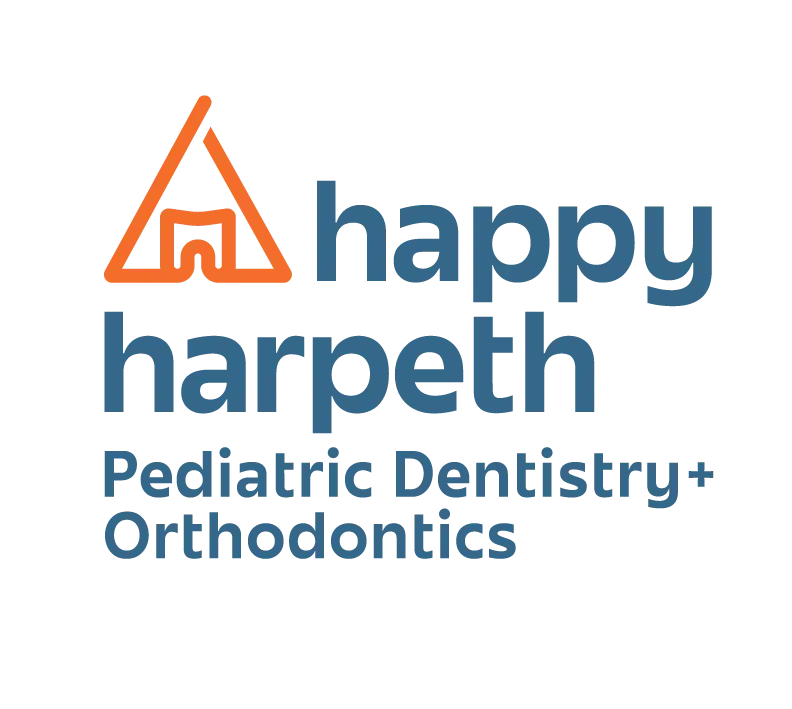Children experience a lot of changes. As they develop and grow, they learn more about the world, their body, and themselves. Many of these changes are natural and healthy—while other things, such as teeth growing crooked in strange positions, can have negative consequences in the long run. In these cases, orthodontic treatment with a pediatric dentist in Franklin, TN, is key to ensuring the future health of their smile.
Braces foster several changes, too, and some of these can go beyond the alignment of your bite. From affecting speech to causing subtle facial changes, orthodontic treatments can have several often-overlooked effects. While some of these are temporary, others aren’t, so understanding them can help patients feel more prepared for braces and the changes to come.

Biggest Unknown or Overlooked Effects of Orthodontic Appliances
Braces are orthodontic appliances used to correct crowded or crooked teeth or a misaligned jaw, known as malocclusion. They consist of metal or ceramic brackets bonded to your teeth and a set of wires connecting them together.
By exerting pressure, these wires guide your teeth into shifting positions, progressively pushing them into proper alignment. The duration of your child’s braces treatment depends on several factors, from the state of their oral health to their dietary practices.
Compliance with treatment plays a big role, too. While it may feel like braces can do all the work on their own, following dietary restrictions, maintaining good oral hygiene, and protecting the appliances are key to ensuring the success of their treatment. If not, their braces may suffer damage, delaying treatment and often causing emotional turmoil.
No kid wants another six months with braces, after all. To prevent that, while helping them understand their treatment and its benefits, explaining all the changes that may come with braces is crucial. Beyond aligning your smile, orthodontic appliances can cause lesser-known effects that many patients weren’t expecting.
How Braces Affect Your Voice
Our vocal systems are complex and rely on several muscles and organs to produce sounds, and your mouth is one of them. So, it makes sense that braces and other orthodontic appliances can affect your voice, both temporarily and long-term. The degree of change depends on the type of appliance, the position of the tongue, and the individual’s adaptation process.
Some common changes include:
- Tongue Placement Changes: Braces slightly alter the space inside your mouth, affecting how your tongue moves and touches the teeth. This may cause temporary difficulty with certain sounds, especially “s,” “sh,” “ch,” and “z” sounds.
- Increased Saliva Production: Braces or aligners can increase saliva production, leading to slight speech issues like slurring or lisping until the mouth adjusts.
- Appliances Covering the Roof of the Mouth: Devices like palatal expanders, lingual braces, or retainers can interfere with how air moves through the mouth, slightly altering pronunciation. Expanders, in particular, make it harder to say sounds that require the tongue to touch the roof of the mouth, like “t,” “d,” or “n.”
- Lingual Braces and Speech Impact: Lingual braces (behind the teeth) tend to cause more speech changes than traditional braces because they directly impact tongue movement.
Most people adapt within a few days to a few weeks. If you’re struggling with your speech with braces, you can try to practice pronunciation by reading aloud and practicing tongue placement to help improve speech clarity faster.
Long-Term Impact of Orthodontics on Speech
If your child is afraid of braces affecting their voice—tell them not to be! In the long term, the effects of braces will be beneficial, as straighter teeth help achieve clearer speech, and properly aligned teeth help you pronounce sounds more clearly.
Additionally, teeth alignment impacts the shape of your oral cavity. This affects the resonance of your voice. A well-aligned set of teeth can contribute to a fuller and more resonant vocal tone and better articulation.

How Braces Affect Your Facial Structure
In addition to moving teeth, braces significantly alter the structure of the jaw and bones. Bone remodeling is when the surrounding jawbone changes shape to accommodate the repositioned teeth.
- Jaw Alignment: Braces help realign the jaw to improve facial profiles and create a more proportionate chin and jawline by treating bite problems like overbites or underbites.
- Facial Symmetry: Misaligned jaws and teeth can cause asymmetrical or uneven facial features. Braces fix these problems, giving the appearance more balance.
- Support for the Cheek and Lips: The position of your teeth influences how your lips and cheeks rest on your face. For example, teeth that protrude can give the appearance of fuller or stretched lips; fixing these problems can make the lips appear more relaxed and natural.
This will lead to changes in breathing habits, too. Some patients experience temporary nasal congestion or an altered airflow due to changes in oral structure. However, in the long run, orthodontic appliances tend to improve breathing habits.
For example, palatal expanders increase nasal airway space.
How Braces Affect Jaw Pain or Clicking
As braces move teeth, pressure on the temporomandibular joint (TMJ) can sometimes cause jaw stiffness, clicking, or mild pain.
Most of this discomfort subsides as the jaw adapts. Some patients also experience headaches or sinus pressure after braces adjustments due to the pressure on surrounding bones and nerves as teeth shift into place. This discomfort is temporary, though.
In the long run, braces help prevent problems with the temporomandibular joint by ensuring the proper alignment of your bite.
How Braces Alter Taste Perception
Some patients also experience metallic or unusual tastes. Braces and metal appliances can alter taste buds slightly, making food taste different. Metal in the mouth may also cause some people to experience metallic or unusual tastes.
However, these effects are only temporary. Your child will soon get used to the taste, and it will disappear from their minds.

Learn with a Pediatric Dentist in Franklin, TN, and Ensure a Smooth Braces Treatment
Your teeth are crucial to several processes in your body. For that reason, it makes sense that bite and jaw alignment changes will lead to modifications in your child’s life. However, these changes are positive, allowing you to speak more clearly and enjoy a healthier jaw positioning.
Still, understanding these processes can help patients feel more prepared for their orthodontic journey. If your child is experiencing any further changes or you need help guiding them through this process, reach out! Happy Harpeth Pediatric Dentistry & Orthodontics is here to help you every step of the way.





